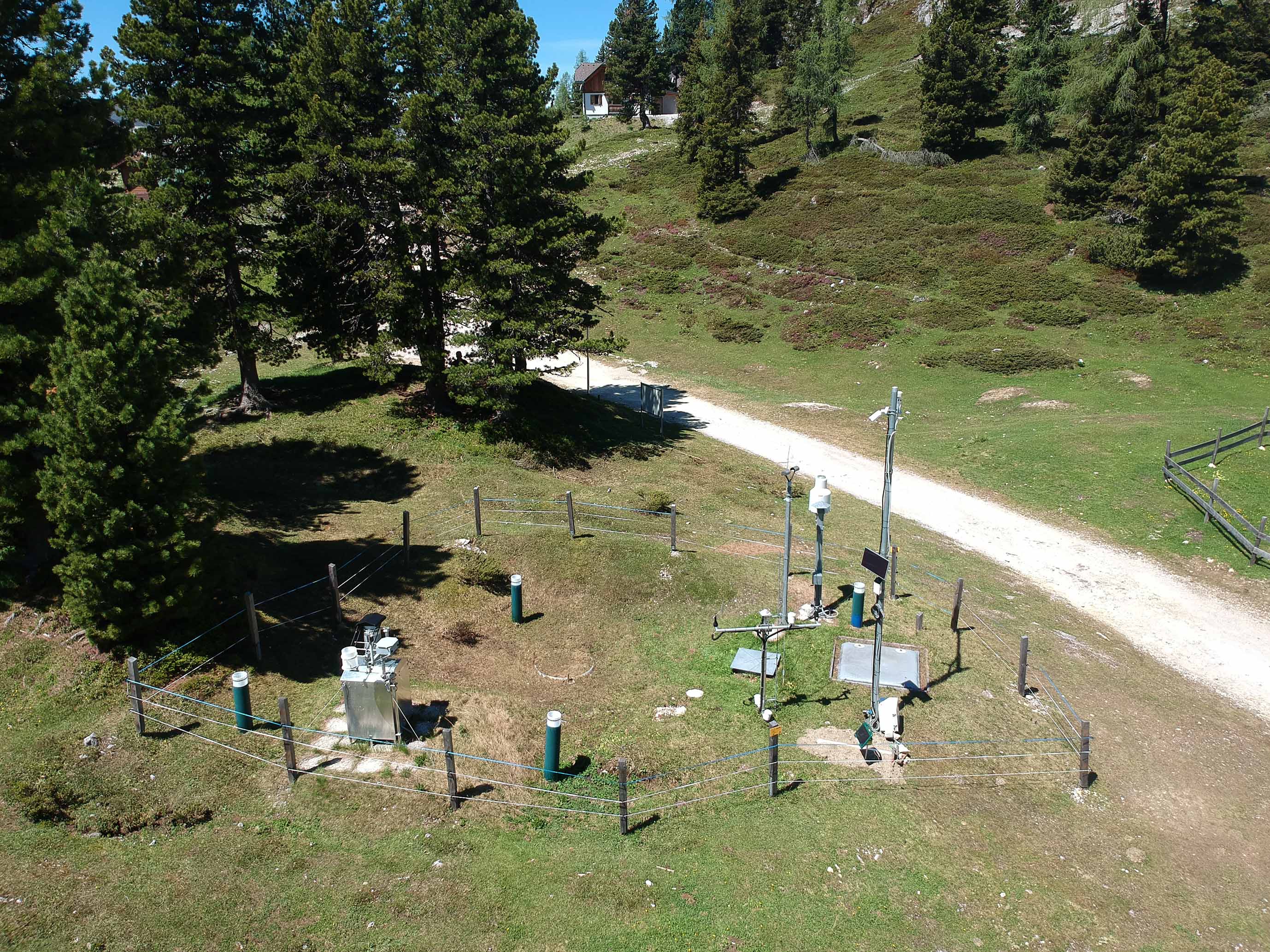Popular
317.98 KB
2015-12-17
Popular
133.63 KB
2011-12-17
Popular
1.21 MB
2009-12-17
Popular
682.29 KB
2013-12-17






